Things have changed a lot since the 1950s. Back then, there were a lot of things that people took for granted that are difficult to contemplate in the current time. Many of those things relate to children and childhood.
Children were granted an amount of freedom and independence that’s nearly unheard of now. They walked to school, unsupervised by any adult. They roamed their neighborhoods freely, playing at local parks or going to the local library with neither chaperone nor cellphone to immediately summon aid. They also lived with the knowledge that their own injury or even death from a nuclear attack could come at any time.
If America in the 1950s meant more freedom and self-directedness for children, it didn’t come without a cost. The Cold War was in full swing, and everyone, even children, knew they were never too far from its shadow. School classes practiced “Duck and Cover Drills” in case of attack, so that the children would be as protected as they could be.
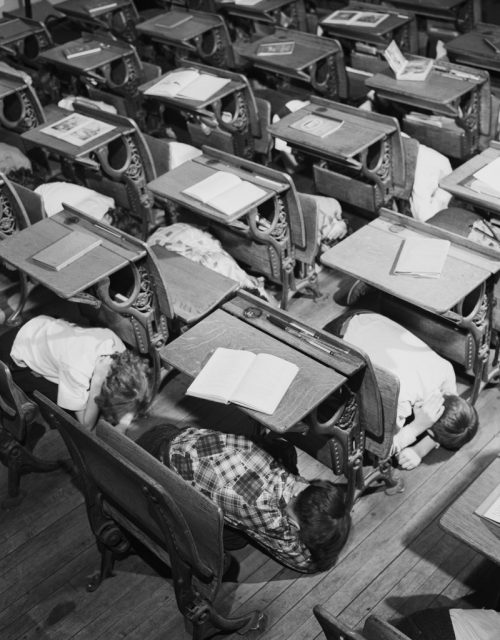
Some states even went so far as tattooing children’s blood types on their bodies, effectively making them walking blood sources should it be needed. The specter of potential devastation was always just around the corner, which is where dog tags enter the picture.
Facing the threat of nuclear war, some states issued the tags to their students as a means of potentially helping to identify their bodies after a nuclear attack, according to Forgotten History. The tags, which were simply called “metal identification tags”, were distributed to students in schools in a number of areas.
Related Video: Anti Communist Propaganda Film From 1962
https://youtu.be/lnhQG6ELkMU
Cities such as San Francisco, New York, Philadelphia, Las Vegas, and Seattle all employed them. The practice began in New York City, in 1952. They were distributed to two and a half million students, who were told to wear them every day, the same as they would if they were soldiers fighting against the Soviet Union.
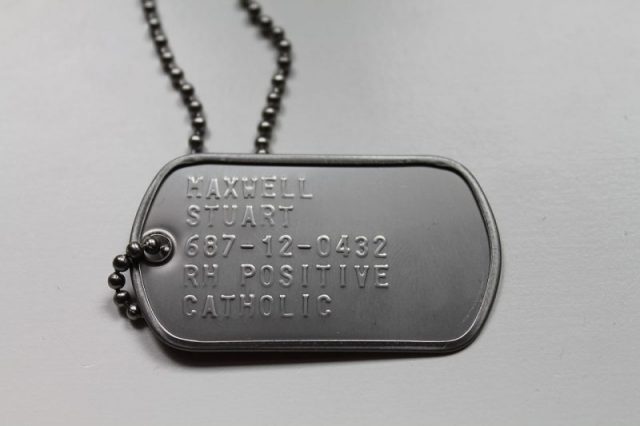
Identification tags were chosen as one of several options available as a means of assuring identity. Educators had also considered ID cards, but were concerned that they were too easily destroyed.
Tattoos were also considered but were rejected as they would become illegible if a child’s body was damaged. Fingerprinting was also rejected, as it was viewed as being a violation of the children’s privacy, so the tags seemed like the best compromise. In many places where the tags were being implemented, entire families could order tags, not just for the children.
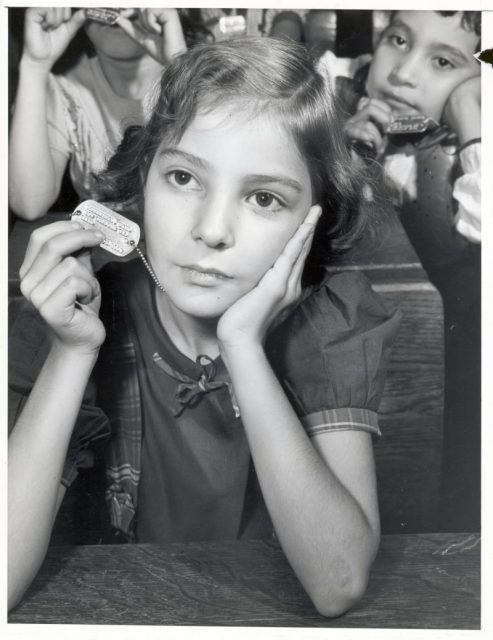
The tags weren’t automatically handed out to all the children in the districts where their use was implemented. For-profit companies marketed them through children by way of handouts and other strategies. In some areas, the tags were made available for free, such as in San Francisco. In other parts of the country, there were charges ranging from between 15 and 50 cents for a tag and chain.
John Kelly, in an article for the Washington Post in 2017, wrote that students from various parts of the country who had received the tags shared their reminiscences about their experiences. No matter where in the country they were living at the time, all agreed that, at the very least, the tags contained their own name, the name of one of their parents, and their street address.
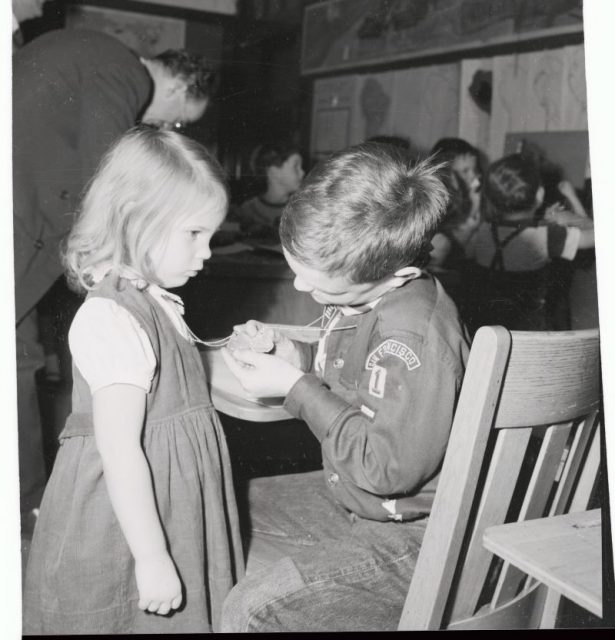
Aside from those elements, there was some variation from state to state. One respondent, who received hers in Houston, noted that, in addition to the basic information, her tag was marked with a “P” for Protestant. Another noted that theirs included a date of birth and blood type. In Washington DC, each family who received tags was given a special serial number as a means of helping to reunite families who may have been separated.
The tags weren’t all metal, either. A man who was a student in Michigan remembers his tag as being plastic and color-coded by blood type. Others in different locations had tags that were made out of paper or cardboard instead of metal, which would render them largely useless in the aftermath of a bombing since those materials would never withstand fire.
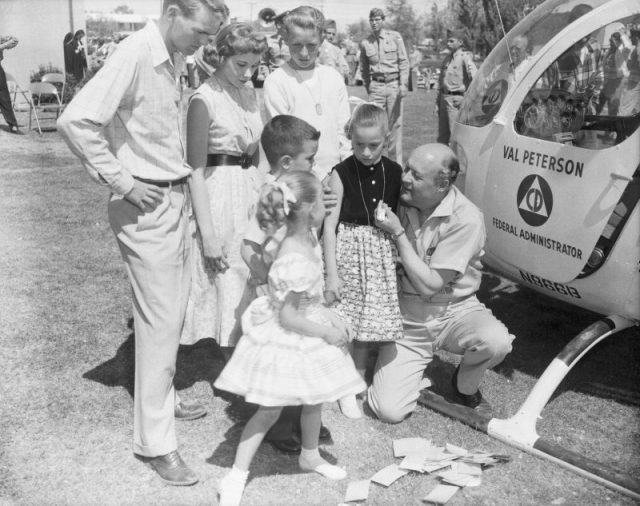
Use of the tags continued for at least 10 years, but eventually stopped in the 1960s, probably as the result of more and more people actually coming to understand the depths of devastation that a nuclear attack would truly produce.
Read another story from us: Why Some Cold War Kids Got Tattooed with their Blood Type
It may also be a reflection of the fact that, although the Cold War wasn’t officially declared over until 1991, the sense of immediacy and fear of a nuclear attack diminished as the years passed and daily life continued to chug along. Either way, there are thousands of adults in America who still have these somewhat macabre reminders of the nuclear threat in their possession.
